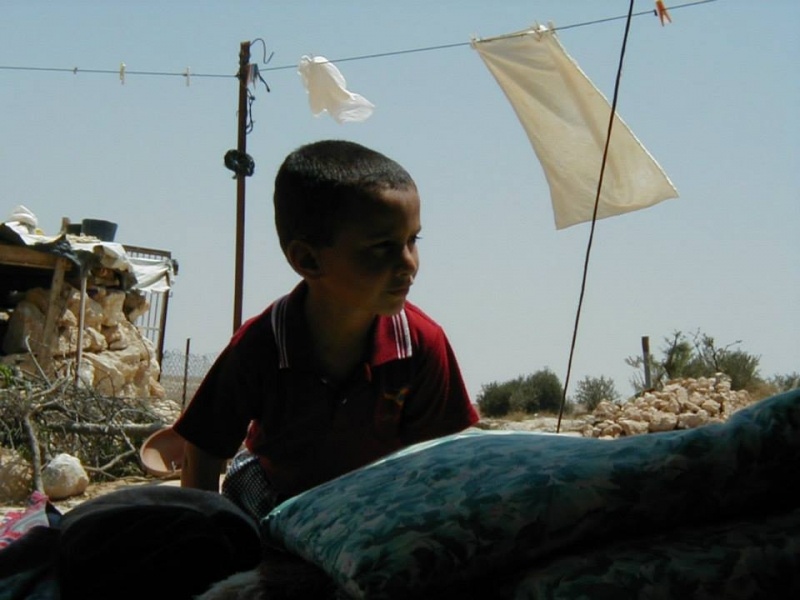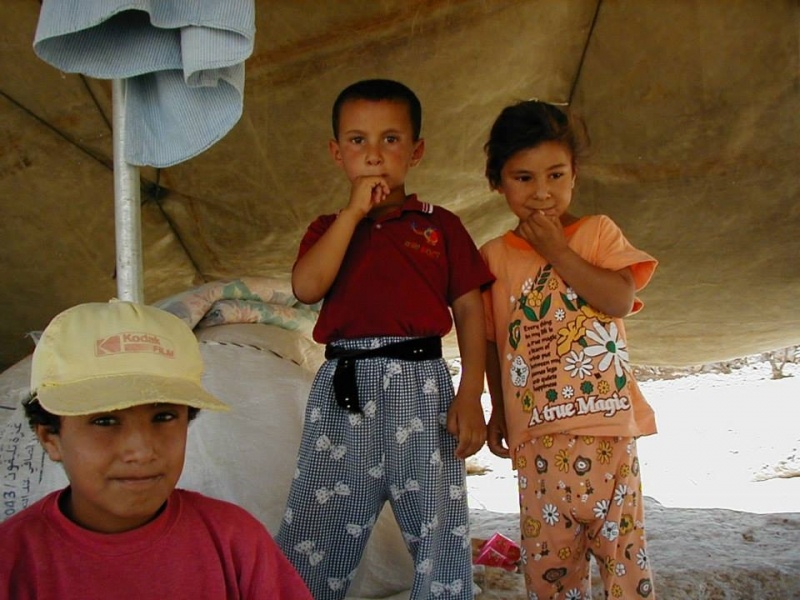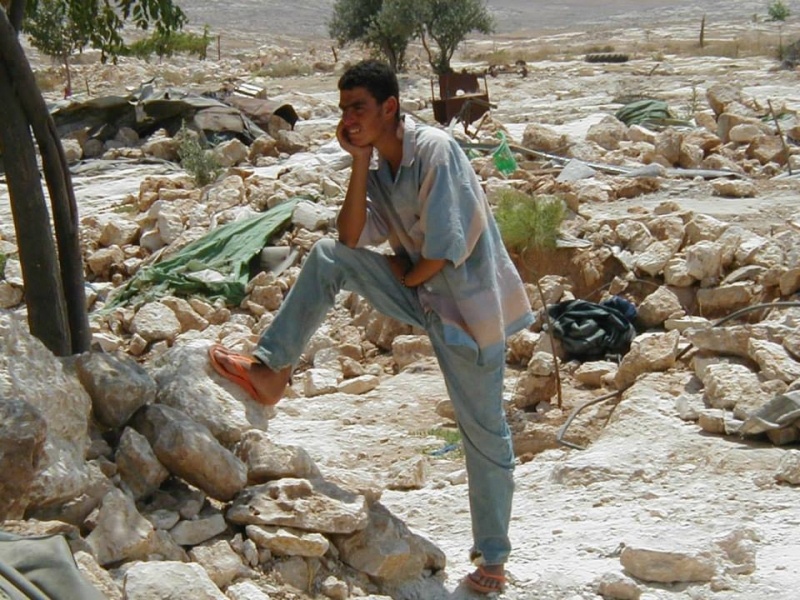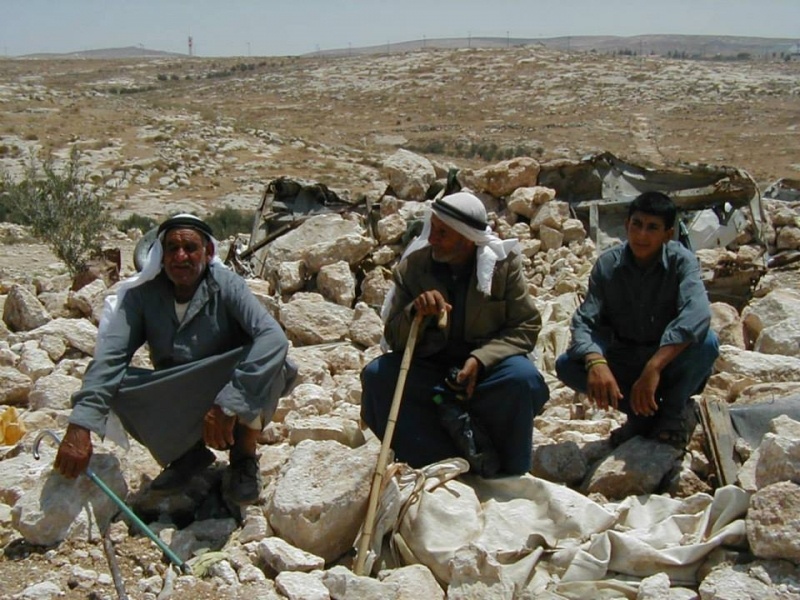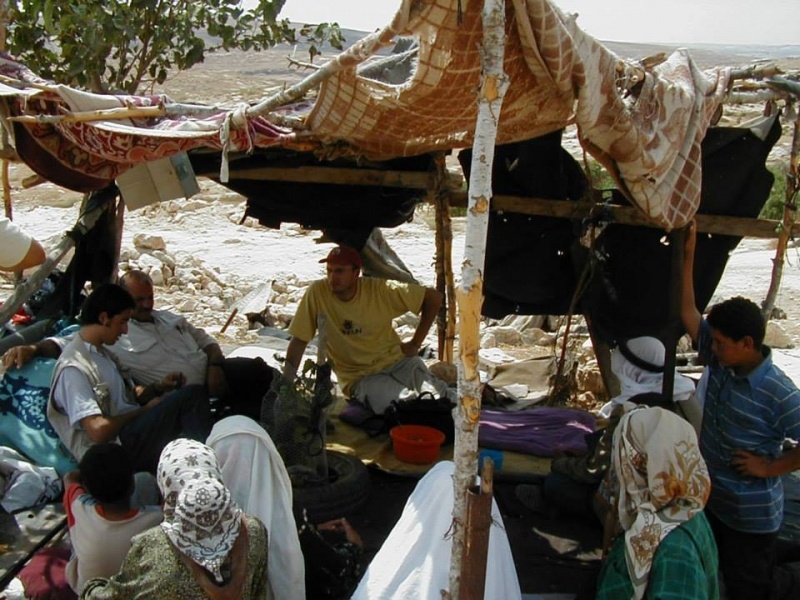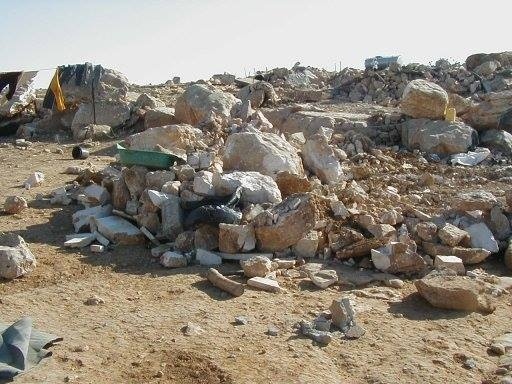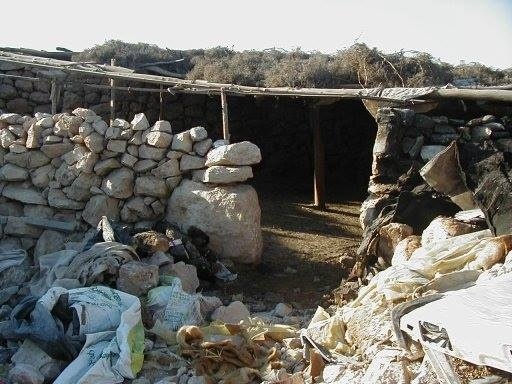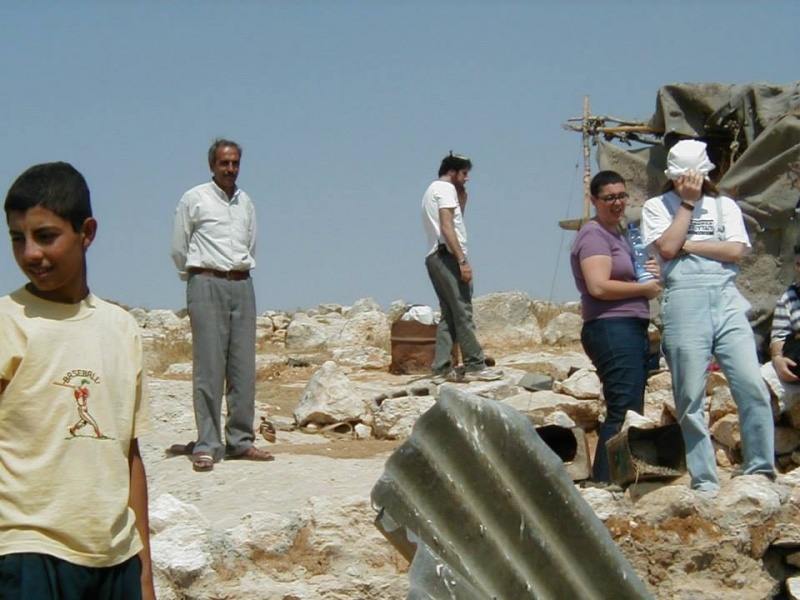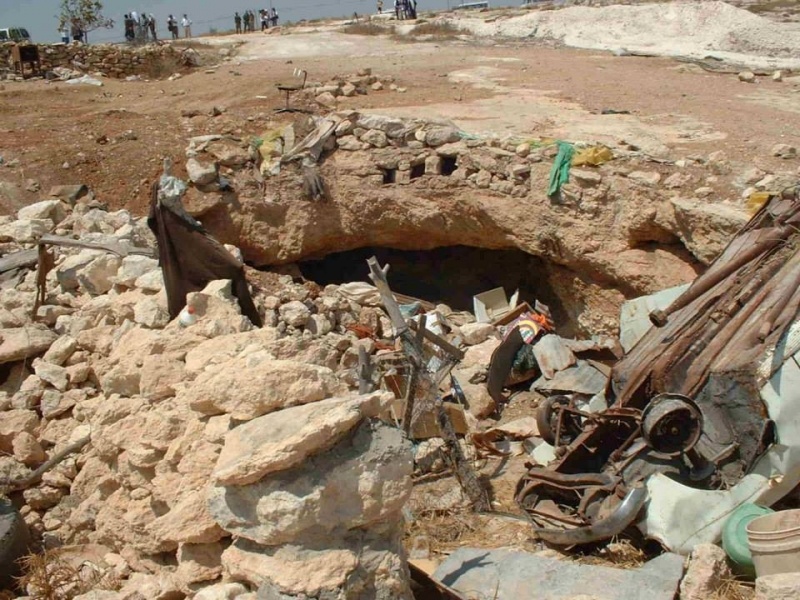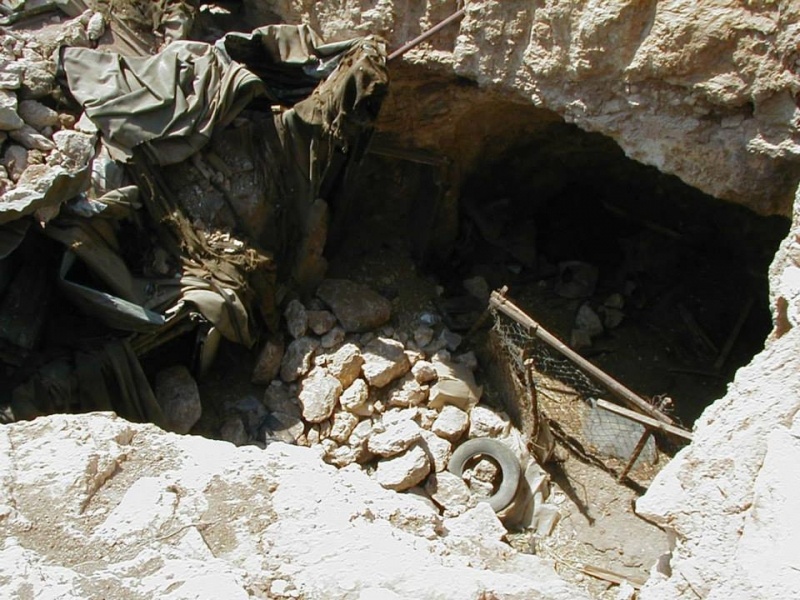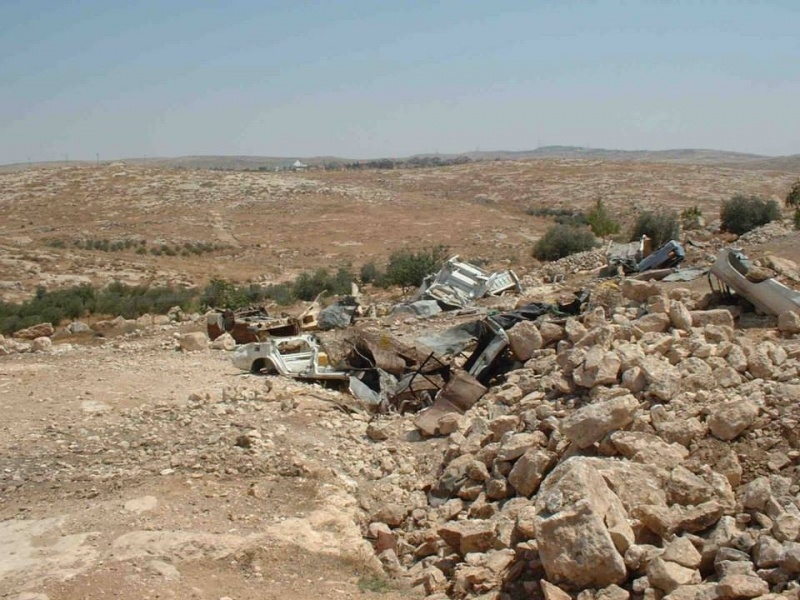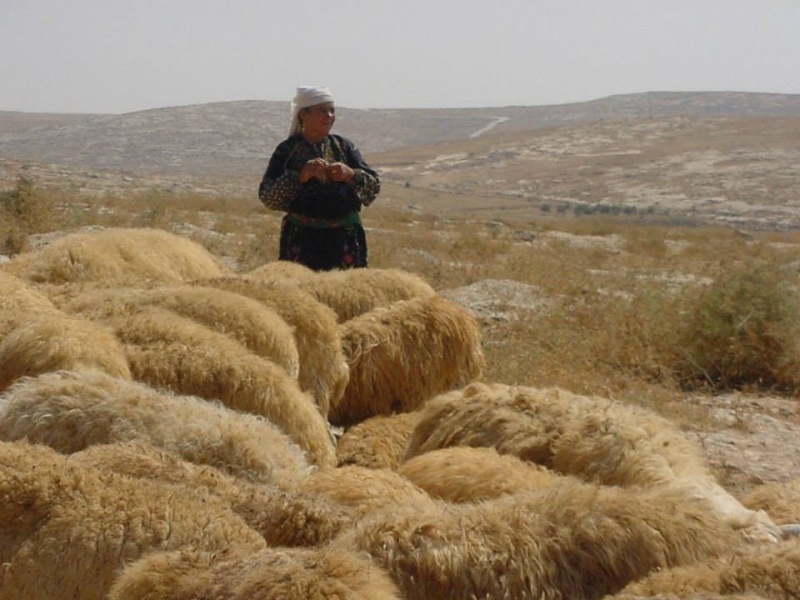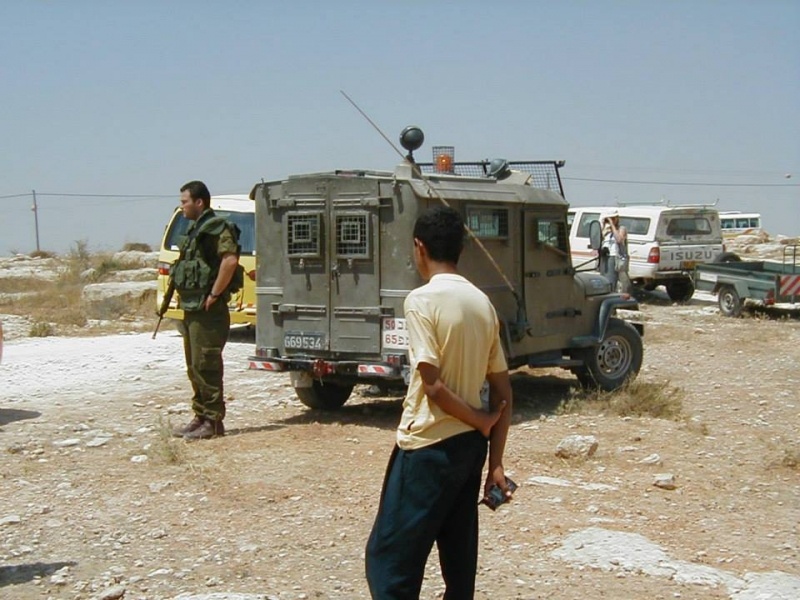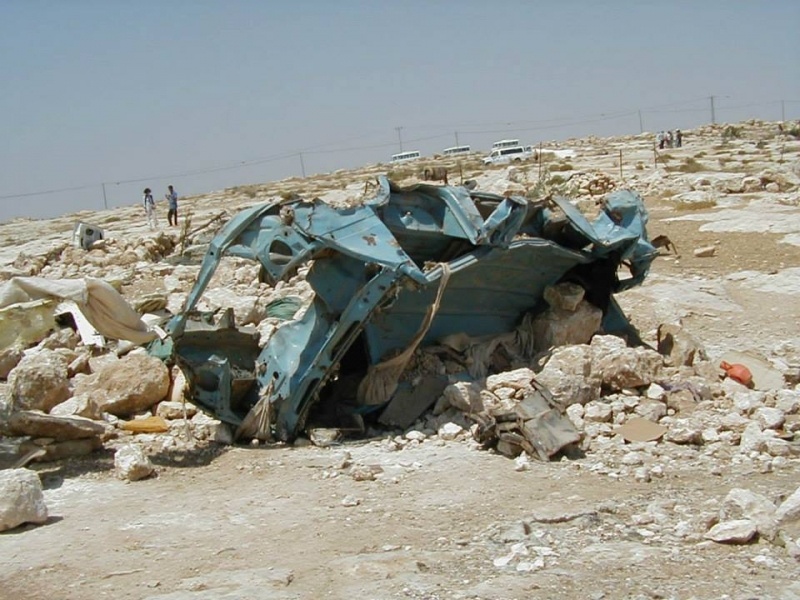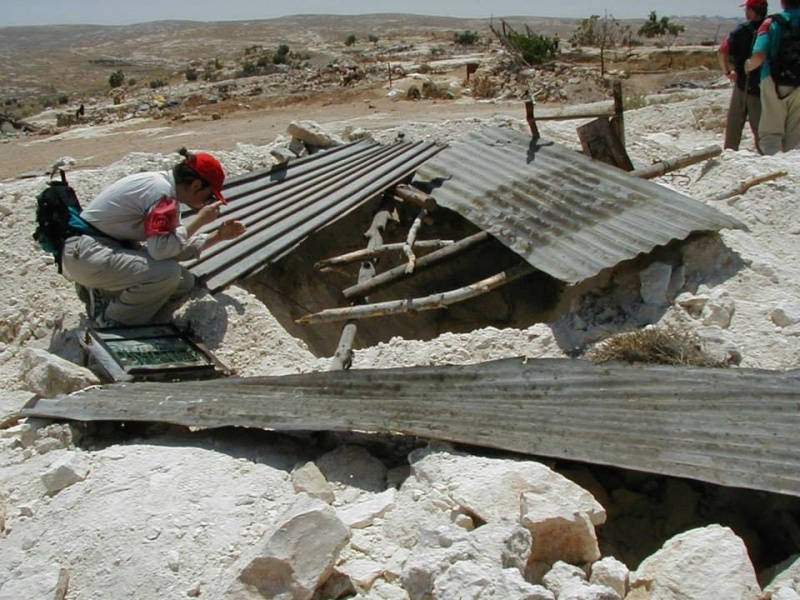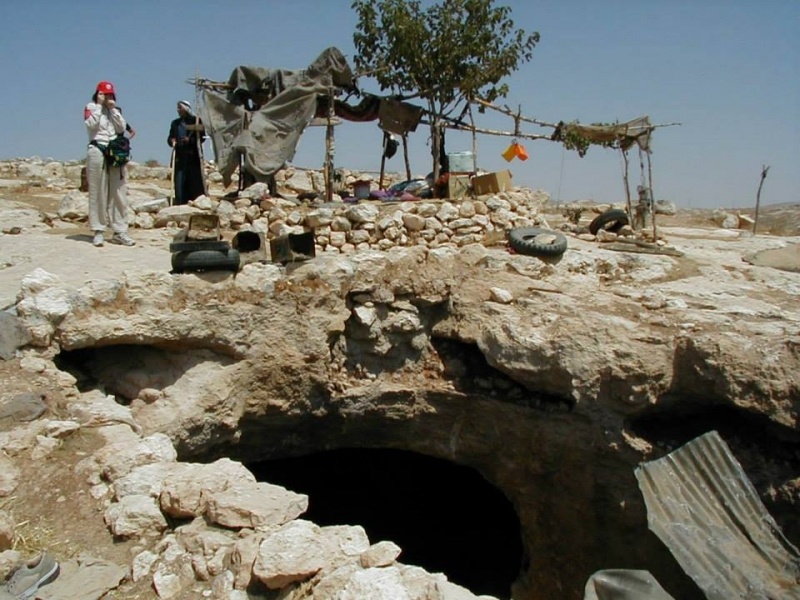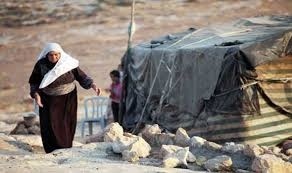Info
District: Hebron
Population 1948: 400
Occupation date: 1986
Jewish settlements on village/town land before 1948: None
Jewish settlements on village/town land after 1948: Susya - a religious communal Israeli settlement established in 1983
Background:
Susiya residents have lived in this region on a seasonal basis since at least the 19th century. In 1983 the settlement of Susiya was established on Palestinian land that was declared “state land” by Israel.
In 1986, the Israeli army expelled the residents from their homes after the Civil Administration declared the original village to be a “national park” in the middle of an archeological site. The original inhabitants are not permitted to visit the park. Susiya residents reestablished residence on agricultural lands they own, a few hundred meters southeast of the original village. In July 2001, shortly after a resident of the Susya settlement, Yair Har Sinai, was killed by a Palestinian, the Israeli army expelled the villagers from their lands for the second time. During the expulsion, the army destroyed residents’ property, demolished caves, and blocked up water holes. The villagers petitioned the High Court of Justice, which in September 2001 issued an interim order permitting them to return to their lands, but prohibiting any new building in the village. The deliberations on this petition were delayed, among other reasons, in the wake of residents’ notification to the HCJ in September 2004 that they intended to apply to the Civil Administration for building permits for the existing structures in the village. Some of the residents indeed submitted applications, but all of them were denied. In June 2007 the HCJ dismissed the petition.
Since the expulsion of the village residents in 1986, the Civil Administration has not offered them an alternative place to live, nor prepared a building plan that would enable them to live legally on their lands. The Civil Administration refuses to connect the village to nearby water and electricity infrastructure that Israel built to serve the settlements and outposts, on the grounds that the village has no building plan. In the last few years, solar panels were installed in the village to supply electricity to the residents. In 2011, the Civil Administration demolished fourteen structures in the village, among them ten residential tents in which 87 people lived, including thirty children. Twenty additional demolition orders are pending against other structures in the village, including an elementary school and a well.
The Israeli planning regime in Area C, which is under full Israeli control, allows almost no building or development in the Palestinian villages in these areas. In the South Hebron Hills, Israel’s policy has included expulsion of the residents of other villages. By contrast, Israel has avoided enforcing planning and building laws on the settlers’ outposts erected in the area illegally and without permits (i.e. Havat Ma’on, Avigayil, Mitzpe Yair, Suseya North-West, Nof Nesher and Asaha’el), and has allowed them to connect to the water and electricity infrastructure.
The residents of Susiya claim ownership of about 3,000 dunams of agricultural land, on which there are 30 water holes, close to the Suseya settlement. The army has issued orders prohibiting the residents from entering or farming on a major portion of these lands. In August 2010 the villagers petitioned the HCJ through Rabbis for Human Rights demanding revocation of the orders denying them access to their lands. In February 2011, the State notified the HCJ that the army and the Civil Administration would map the ownership of the lands in the area and in accordance with the results would instruct the forces in the area. So far, mapping has been carried out only for a small area. In addition, when settlers attack the farmers even on lands for which no such orders have been issued, the army and police do not enforce the law.
------------------------
B'Tselem - The Israeli Information Center for Human Rights in the Occupied Territories
Videos
A 60-year-old Palestinian and his son arrive at an archeological site of an ancient Jewish settlement and buy tickets to enter. This is their only way to return to their abandoned home village, which they have not visited for 25 years.
Forced Displacement on Both Sides of the Green Line


